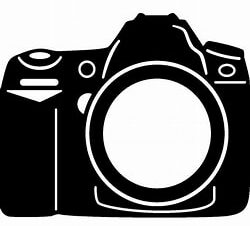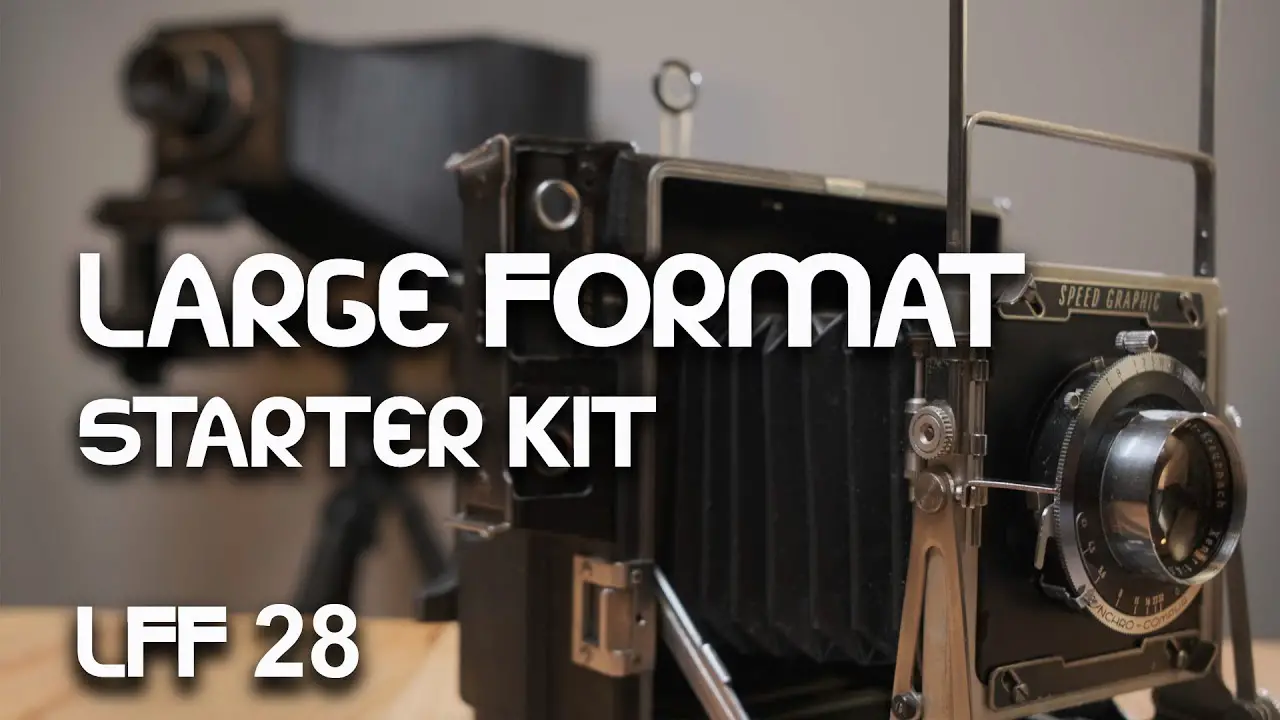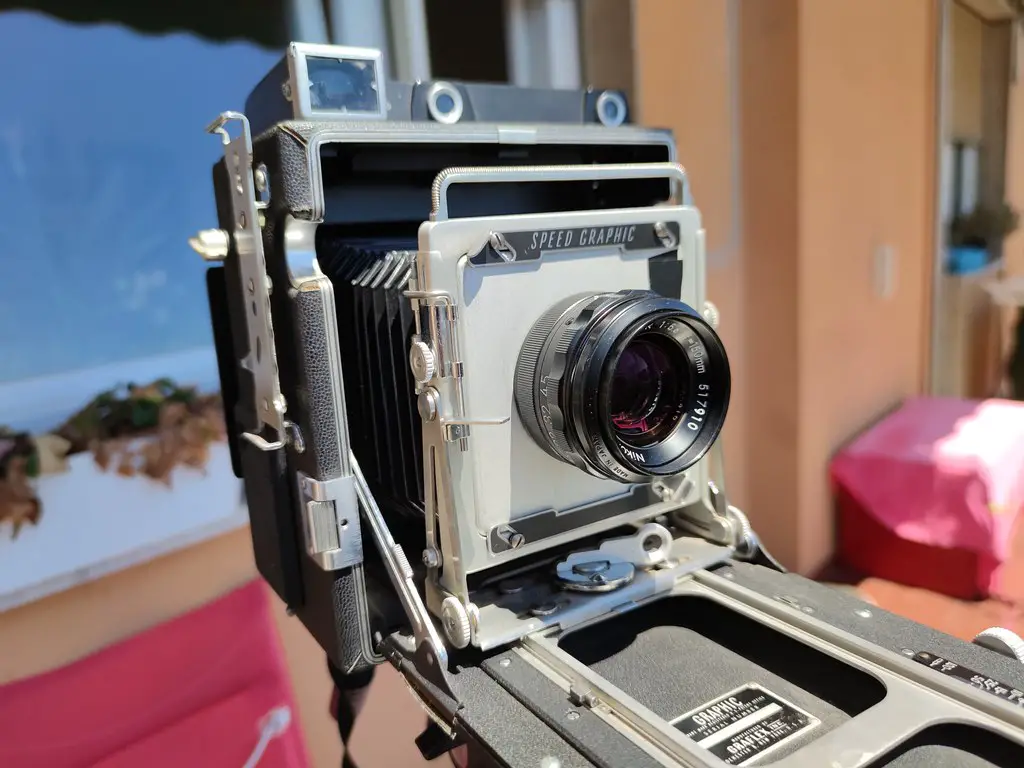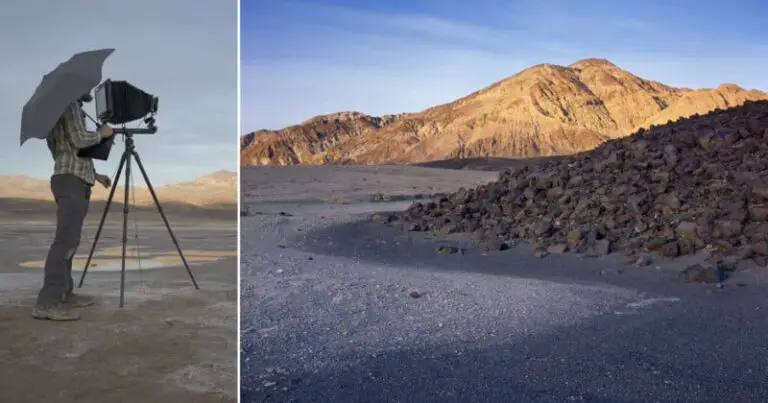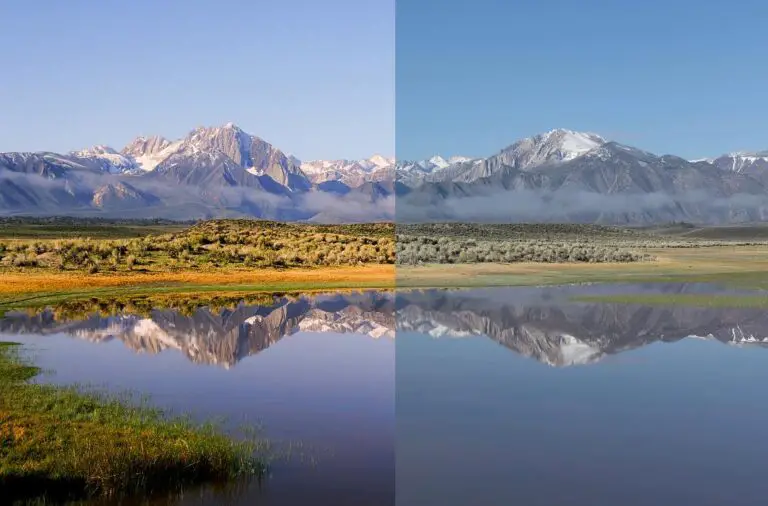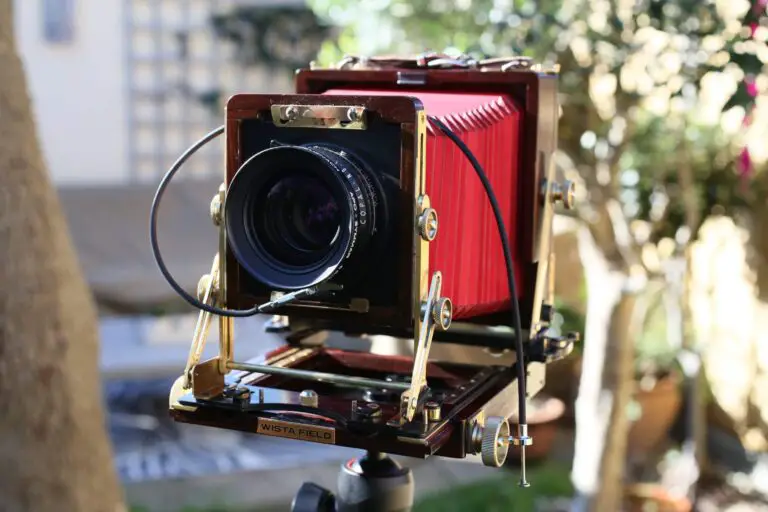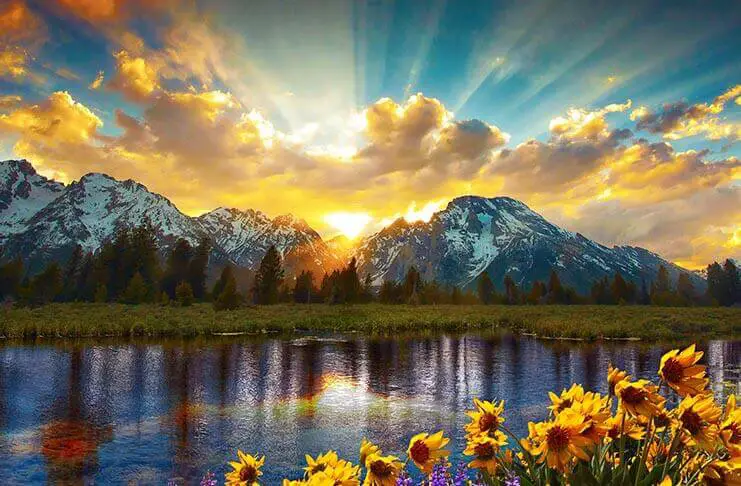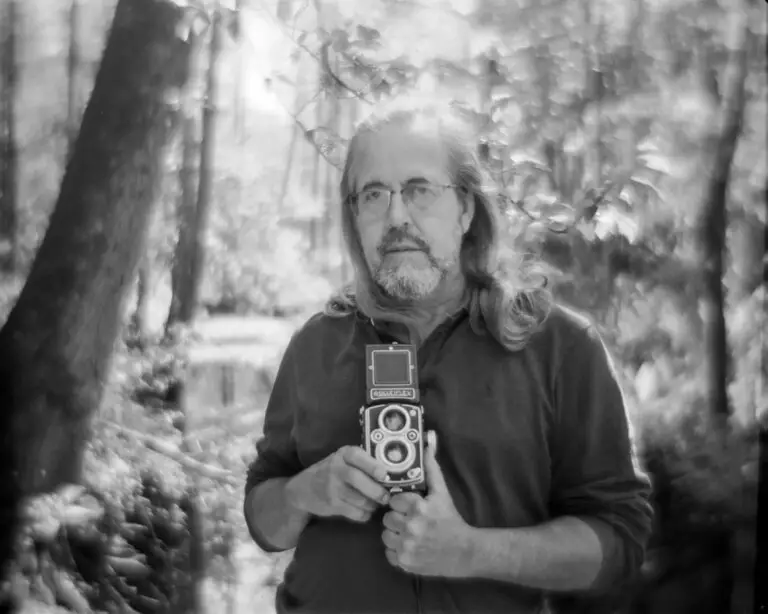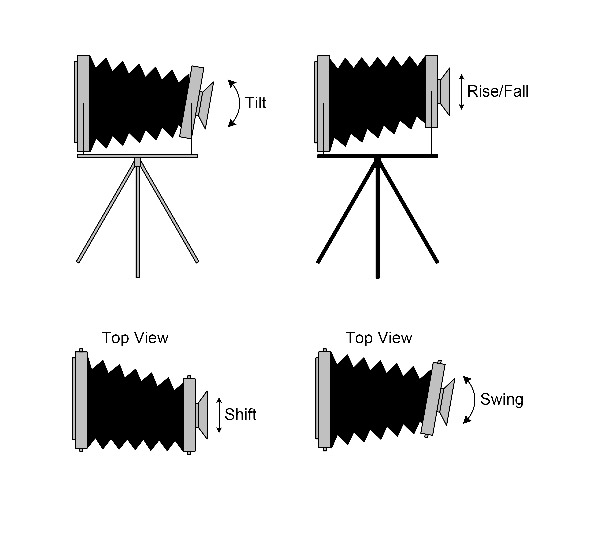Building Your Large Format Camera Kit: Essential Accessories and Gear
Large format photography is an art form that allows photographers to capture breathtaking images with unparalleled detail and depth. The mere mention of large format photography conjures images of wooden frames, bellows, and a certain kind of focused patience not required in other forms of photography. If you’ve already taken the plunge or are considering entering this illustrious arena, it’s crucial to understand the accessories and gear that can elevate your work to the next level. From the camera and lenses to the darkroom essentials, this guide will outline the must-haves for your large format camera kit, ensuring you are well-equipped to explore this magnificent world of photography.
Introduction to Large Format Photography
Before we explore the essential accessories, it’s crucial to understand the distinct nature of large format photography. Unlike the more modern and widely-used 35mm format, large format photography utilizes larger film sizes, ranging from 4×5 inches to even larger 8×10 inches. The main appeal is the quality of the images – the large negatives or transparencies allow for incredible detail and resolution, which are essential for fine art, landscape, and architectural photography.
Large format is also renowned for its meticulous process. Every step, from composing the image on a ground glass, to the manual setting up of the shot, requires care and precision. Each photograph is a unique piece of art, not a rapid succession of pictures as with digital or smaller format film.
Choosing the Right Camera Body
The first and most critical piece of equipment in any large format kit is the camera body. There are various types of large format cameras, each with their own benefits and quirks, suited for different applications and personal preferences. Here’s a brief look at the available options:
Field Cameras
Compact and lightweight, field cameras are designed for outdoor use and easy transportation. They often boast a folding design, with the front standard folding into the body for added portability. Perfect for the traveling photographer who doesn’t want to sacrifice image quality.
Monorail Cameras
Monorail cameras are the workhorses of large format photography, typically utilized by studio photographers. They offer maximum flexibility with their adjustable rails, allowing for intricate adjustments and perspective corrections. While not as portable as field cameras, their robust build and versatility are unmatched.
Press Cameras
Originally designed for newspaper and press photographers, press cameras are a happy medium between field and monorail cameras. They feature a hinged back for quick film loading, and many models can be easily converted from landscape to portrait orientation.
When selecting a camera body, consider the type of photography you intend to do most. Landscape photographers may value ease of use and portability, while studio work will benefit from the flexibility of a monorail system.
Essential Lenses and Lens Accessories
Lenses are the eyes of your large format camera, and the selection process should not be taken lightly. A good lens can make all the difference in the quality of your images. Many large format lenses are designed to be part of a modular system, which allows for easy lens swapping and focusing adjustments. Here are some of the essential lens and lens accessories to consider:
Standard Lenses
Standard lenses, with focal lengths that roughly match the diagonal of the film format, are the bread and butter of large format photography. They provide a natural perspective and are generally sharp and distortion-free. For a 4×5 camera, this could mean a lens around 150mm in focal length.
Wide-Angle Lenses
Wide-angle lenses are indispensable for capturing expansive landscapes and large architectural subjects. They offer a broader field of view and are crucial for shooting in tight spaces without sacrificing detail.
Long Focal Length Lenses
Sometimes you need to zoom in on the details, and long focal length lenses allow you to do just that. They compress the apparent distance between objects and are great for isolating subjects within the frame.
Lens Boards and Filters
Each lens typically requires its own dedicated lens board, which is a mount that connects the lens to the camera. Be sure to check compatibility when purchasing additional lenses for your large format camera. Filters, such as polarizers and neutral density filters, are vital for controlling exposure and managing reflections and contrast in your images.
Tripods and Camera Supports
Stability is key in large format photography. The high resolution and level of detail mean that any vibration can lead to a loss of image quality. A solid tripod is a non-negotiable part of your kit, but it doesn’t stop there:
Selecting the Right Tripod
Choose a tripod that is sturdy enough to support the weight of your camera and any additional accessories, but also one that is portable and easy to set up. Pay attention to the load capacity, leg section materials, and maximum and minimum height adjustments. Carbon fiber tripods offer a good balance of strength and weight, making them popular among large format photographers.
Additional Supports
For added stability, consider using sandbags or shot bags on the tripod legs to minimize movement. A cable release or remote shutter can help prevent camera shake when taking the shot.
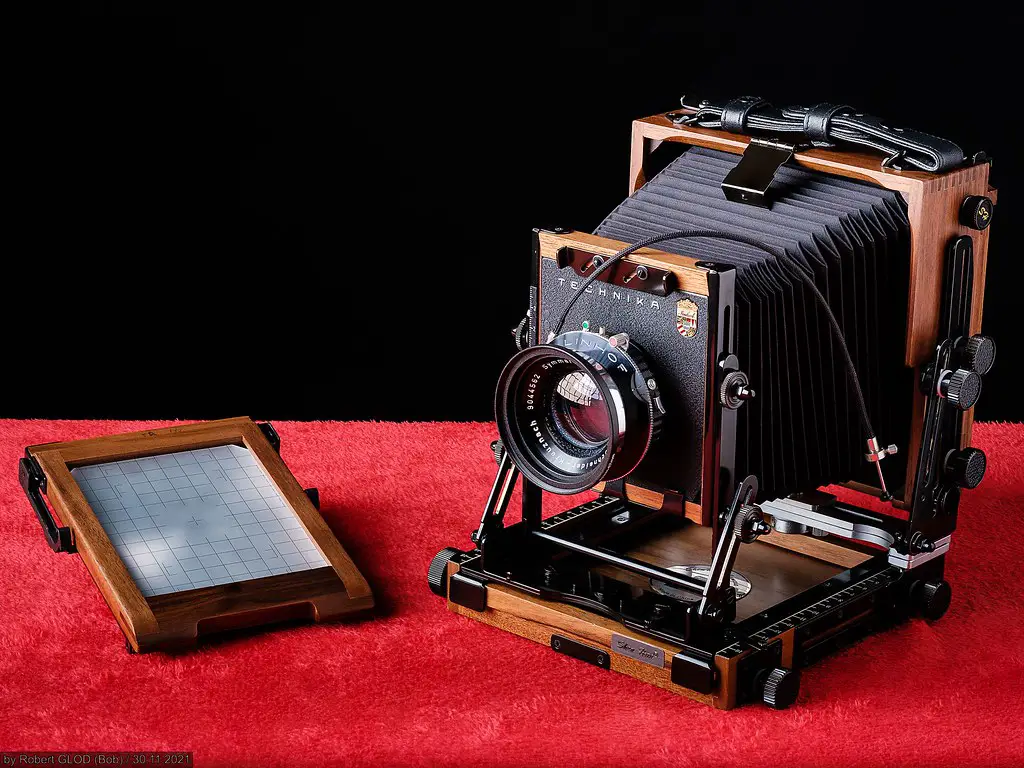
Darkroom Essentials
Developing the exposed film or creating prints is one of the most rewarding aspects of large format photography. To do this effectively, you’ll need a few key tools:
Film Holders and Loupes
Film holders are necessary for storing your exposed film before you can develop it. Look for ones that are light-tight and easy to work with. A loupe, which is a small magnifying glass, will help you examine your negatives for focus and detail before enlarging or scanning.
Portable Darkroom Setup
A changing bag or changing tent will be indispensable in the field to load and unload film sheets without exposing them to light. When processing film, portable tanks and reels take precious images from negative to positive without the need for a full darkroom.
Lighting Equipment for Large Format Photography
While the bulk of your lighting considerations will come into play when processing film or making prints, capturing light onto the film in the first place is also crucial:
Studio Lighting vs. Natural Light
In a studio environment, you’ll need to consider artificial lighting options. Strobes or continuous lights offer you the control you need to sculpt your subjects. When shooting outdoors, nothing beats the beauty and unpredictability of natural light, particularly during the golden hours.
Light Modifiers and Reflectors
Diffusers, umbrellas, and softboxes modify the harsh light from your sources, creating a more flattering and even illumination. Reflectors can add fill light or redirect and soften ambient light, further enhancing the look of your images.
Conclusion
A large format camera kit is as much an investment in craft as it is in equipment. When building your kit, consider it an extension of your artistic vision and the means to capturing the world as only large format photography can. By selecting the right accessories and gear, you’re setting yourself up to explore the advance intricacies and intangible magic this format has to offer. With every element working in harmony, from the camera body to the supports and lighting, you’re on your way to creating masterpieces that will stand the test of time.
